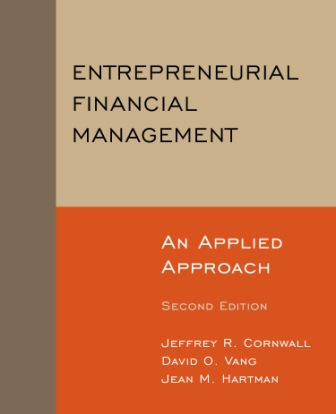I am taking part in something that my colleague Dr. Robert Lambert would call the new age of marketing.
Through my association with Forbes.com, I was contacted to try out a new model of HP printer, the Office Jet Pro 8500. They said that they would send me the printer for my home office down here in Franklin, Tennessee. I was asked to set it up, use it, and blog about it.
While I have been taking ads at my blog for quite a while, this is the first time I have been asked to integrate information about a product in my blog by a sponsor.
I reminded them that I am a blogger, and as such, tend to rant on and on about what I think about things. I asked them, “Do you understand what that might mean? I will not say something unless I really believe it to be so.
They assured me that they understood – they get it.
Since I have had HP printers in the past and been satisfied with them, I agreed to give their new printer a test drive.
So let me be completely clear – this is a sponsored project, so this is a sponsored post.
Now I am like a kid on Christmas when I get a new piece of equipment – I can’t wait to open the box and see what is inside. Unfortunately, the box arrived the day I flew out to California with our students this past week. So tonight is the first chance I have had to open the box, see what is inside, and set it up.
This is Not Your Father’s Oldsmobile
As I opened the box my first thought was, “This puppy is really big. Will it even fit on my desk??” Well it did – as it turned out its footprint was not that much bigger than my old printer and it fit just fine on my file cabinet.
While a bit more complicated than my earlier, more basic printers, the set-up was not overwhelming. The pictures helped this Luddite blogger make it though with only a couple of moments of head scratching.
The print heads and ink cartridges were easy to access and easy to install – they are accessible directly from the front of the machine.
Then I turned it on…but, all I got was an error.
I looked up the on-line support and found the number for phone support, as I don’t do well with on-line chat support systems.
I was connected quite quickly, and found out that I had a static problem. It was easily solved. Then the support person offered to help me with the rest of the installation, which I gladly accepted. All in all, it was excellent service.
As part of this blog marketing initiative, my readers can receive a coupon code to get 20% off the HP Officejet Pro 8500 Wireless All-in-One by clicking this link.
(This is a sponsored post).


